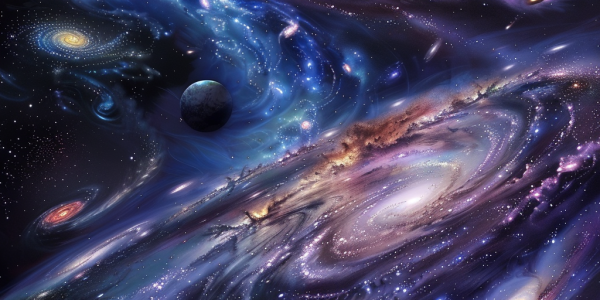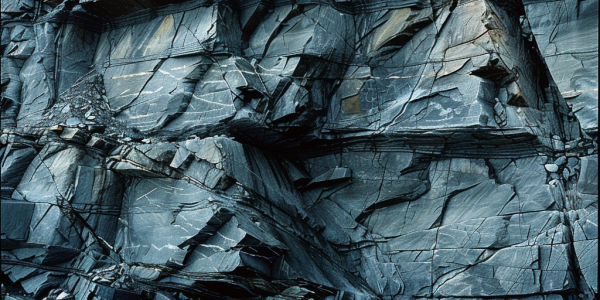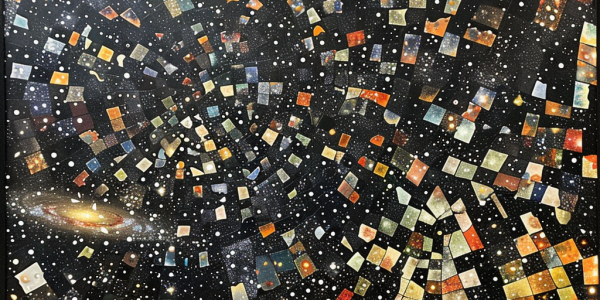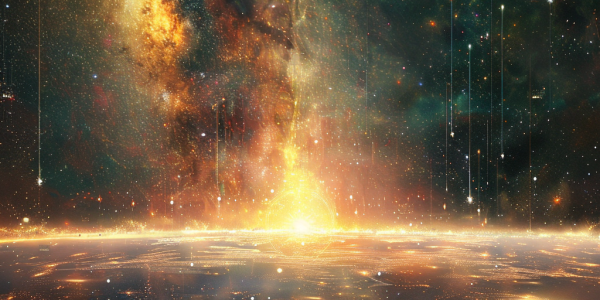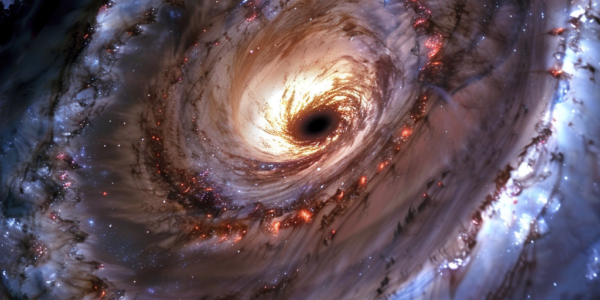Astronomers Discover Massive Black Hole Near Earth in Omega Centauri
Researchers have discovered a new black hole in the Omega Centauri star cluster, located just 18,000 light-years from Earth. This massive black hole, estimated to be 20,000 to 50,000 times the mass of the sun, opens new avenues for astronomical research and enhances our understanding of cosmic evolution. Led by Dr. Holger Baumgardt, the team utilized Hubble Space Telescope images to confirm its existence, highlighting the dynamic nature of our universe and the importance of ongoing exploration in space science.
Milky Way Found to Be Part of Vast Cosmic Structure
Recent studies reveal that the Milky Way may be part of a colossal cosmic structure known as the Shapley Concentration, potentially ten times larger than the Laniākea Supercluster. This groundbreaking research, published in Nature Astronomy, utilizes a 3D map of over 56,000 galaxies to redefine our understanding of gravitational dynamics and the universe’s vastness. Discover how this new perspective reshapes our cosmic address and opens avenues for future exploration.
New Theory On Why We Are Alone In The Cosmos—Tectonic Plates
New research suggests that the presence of oceans, continents, and plate tectonics on Earth may be the reason for the lack of evidence of advanced extraterrestrial civilizations. Geoscientists from the University of Texas at Dallas and the Swiss Federal Institute of Technology propose a change to the Drake Equation, emphasizing the importance of plate tectonics in the emergence of intelligent life.
Newly Discovered Satellite Galaxies Surrounding HSC-SSP Area Unveiled by Researchers at Tohoku University
A recent study by researchers at Tohoku University has uncovered numerous satellite galaxies in the HSC-SSP area, previously unknown and identified through advanced technology. This discovery provides valuable insights into the cosmos, shedding new light on the Milky Way, dark matter, and the dynamics of the universe.
The Legacy of Dyson Spheres in the Search for Alien Life
Learn about the fascinating concept of Dyson spheres, proposed by physicist Freeman Dyson as a potential method to detect alien life in the universe. Discover how these hypothetical megastructures could emit detectable waste heat in the form of infrared radiation, sparking excitement within the scientific community. Explore the legacy of Dyson’s visionary idea and its impact on the search for extraterrestrial beings.
Colossal Black Hole Discovered Near Dawn of Time
Scientists have made a groundbreaking discovery by finding a colossal black hole near the dawn of time, residing in one of the earliest galaxies in the universe. The supermassive black hole, located at the core of GN-z11, sheds light on the early formation of these cosmic giants. Recent observations suggest that supermassive black holes may have their origins in the dense cores of starburst galaxies, but the exact mechanisms remain a mystery.
Astronomers Make Groundbreaking Discovery Regarding Supermassive Black Hole at Center of Milky Way Galaxy
Astronomers from the Event Horizon Telescope (EHT) collaboration and the Center for Astrophysics | Harvard & Smithsonian have captured a new image of the supermassive black hole Sagittarius A* (Sgr A*) in polarized light, revealing strong and organized magnetic fields spiraling from the edge of the black hole. This groundbreaking discovery sheds light on the nature of supermassive black holes and their magnetic fields, hinting at potential similarities and differences between these enigmatic cosmic entities.


